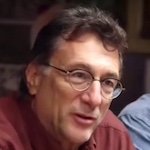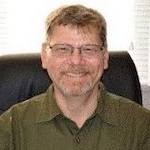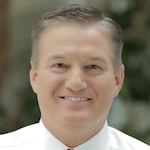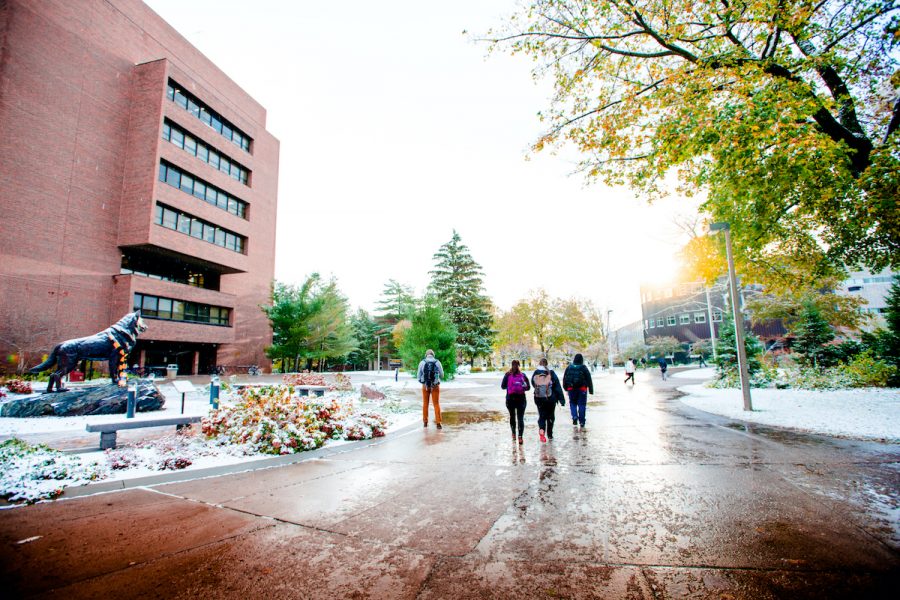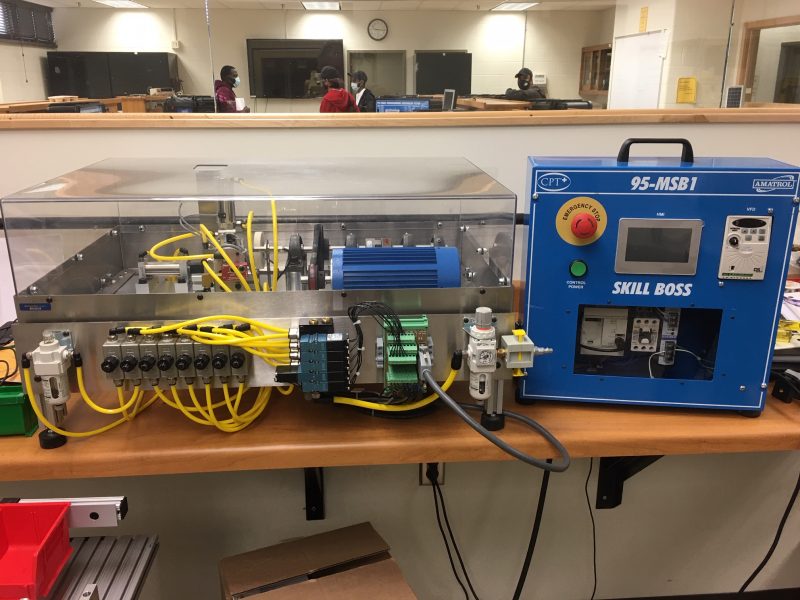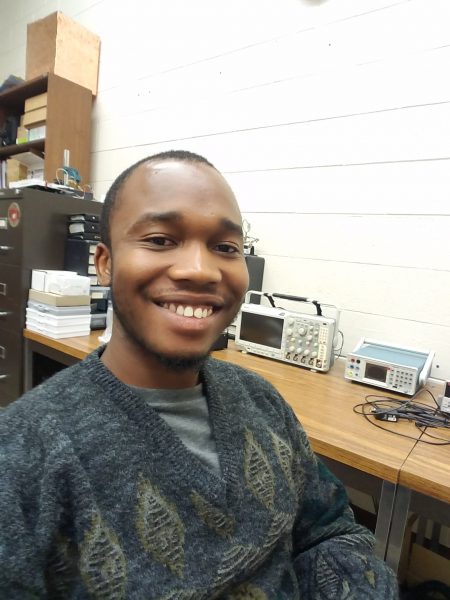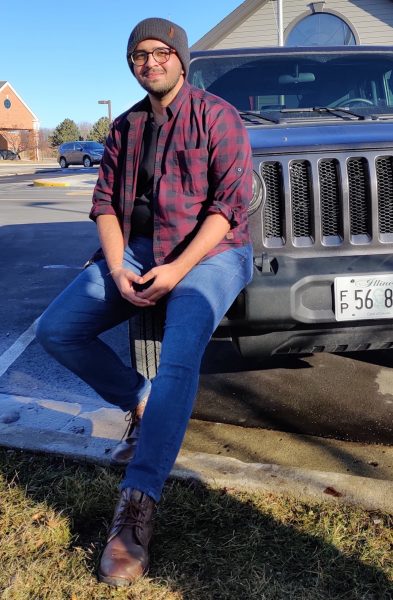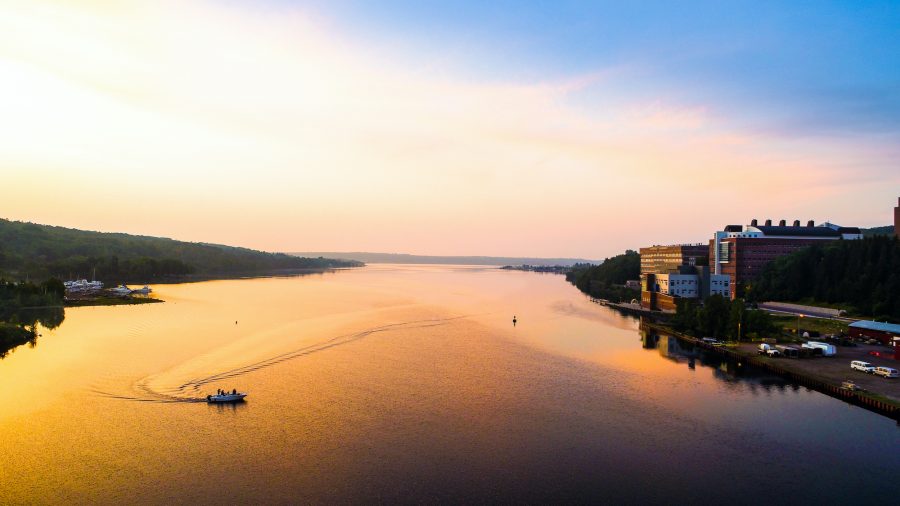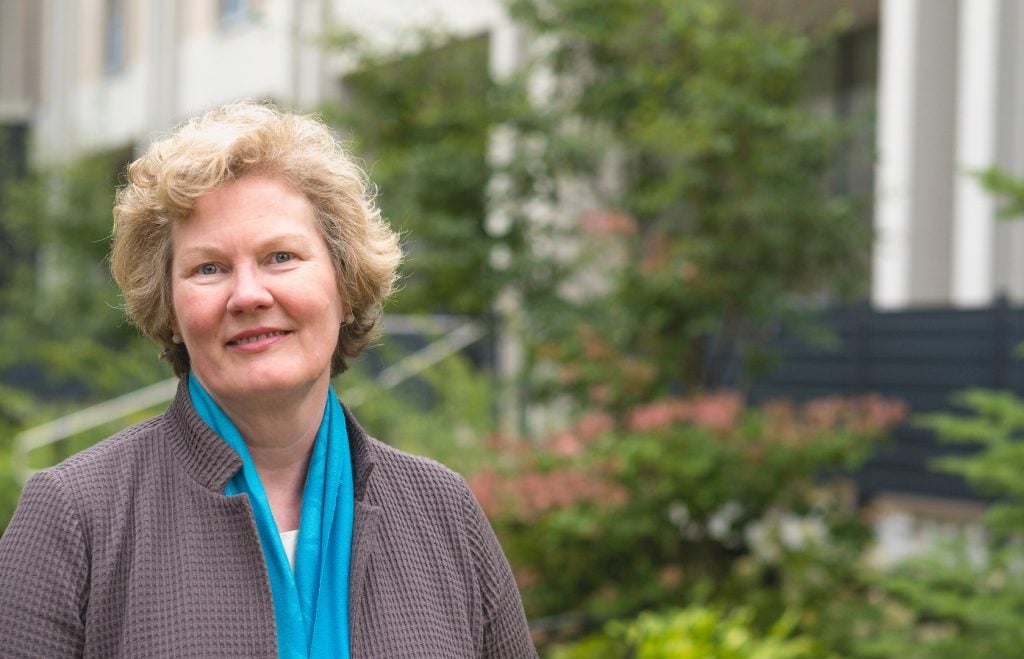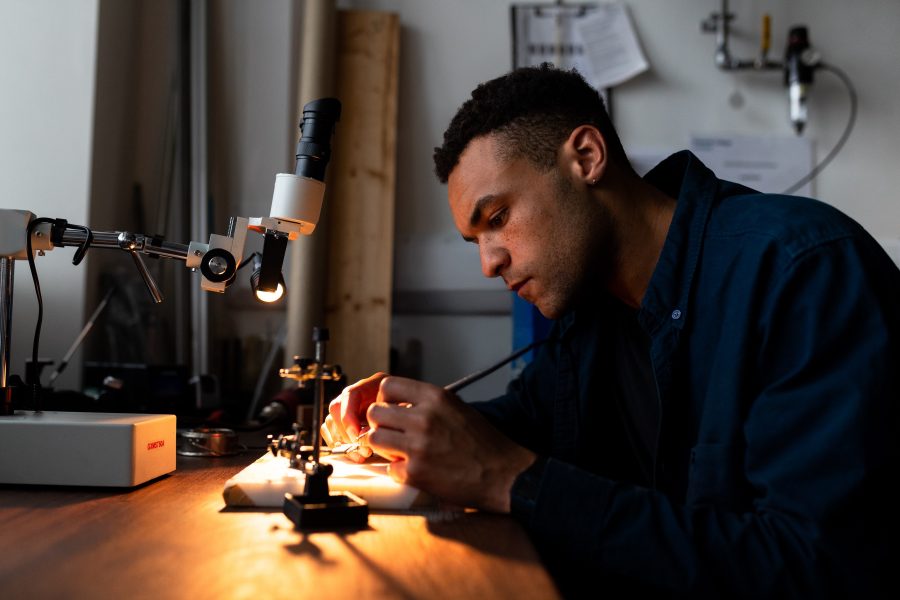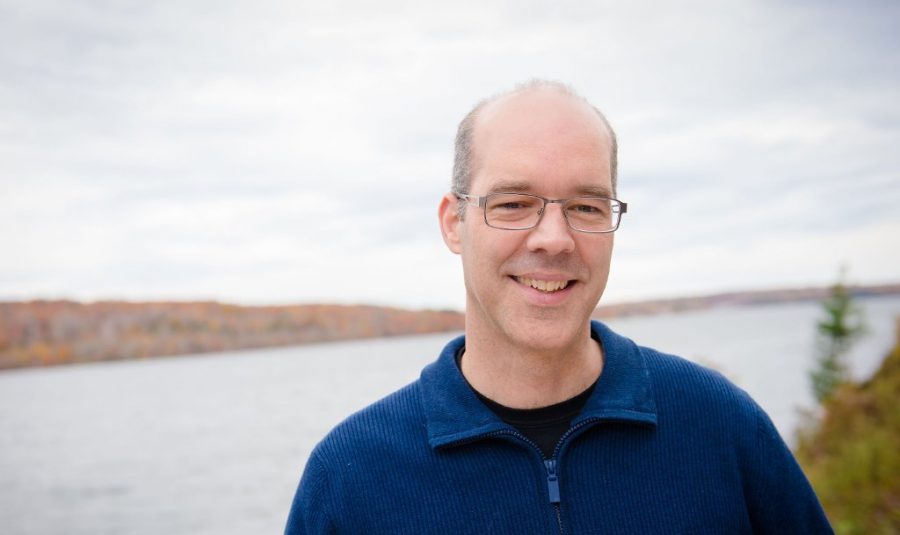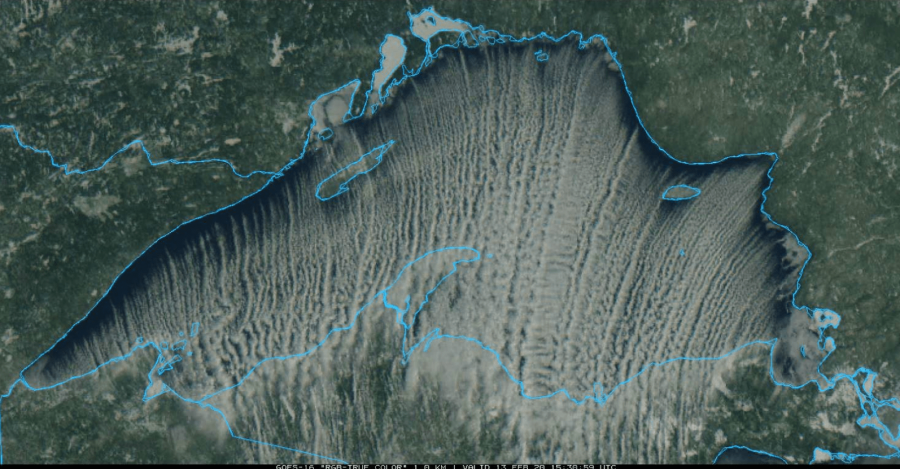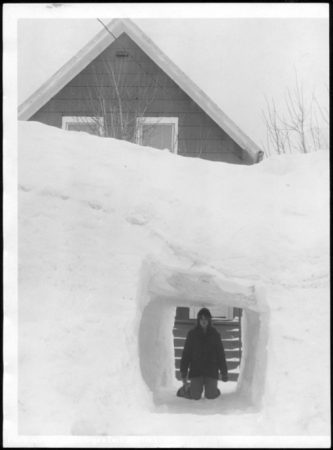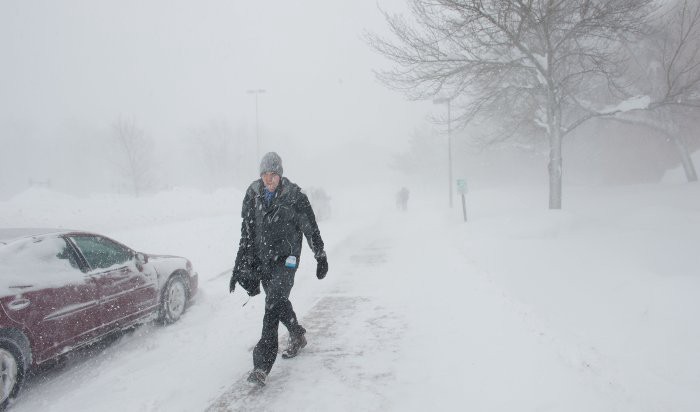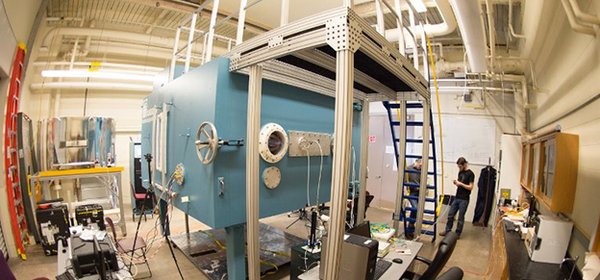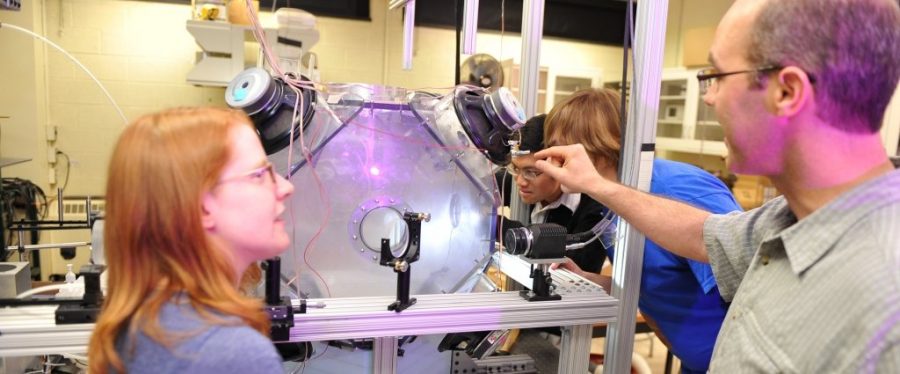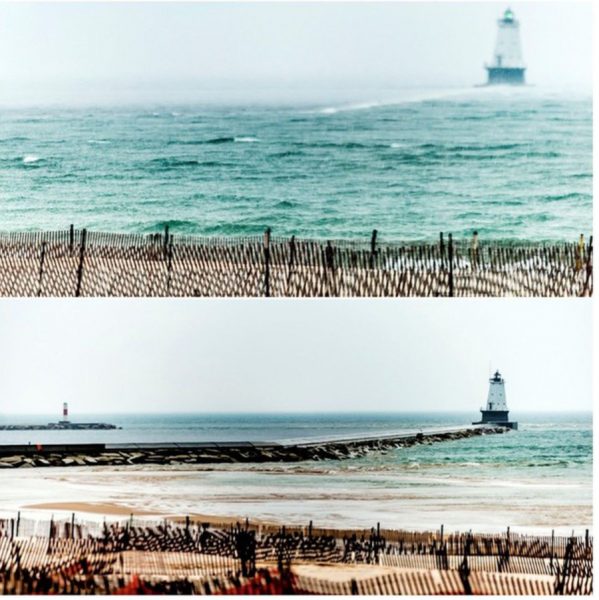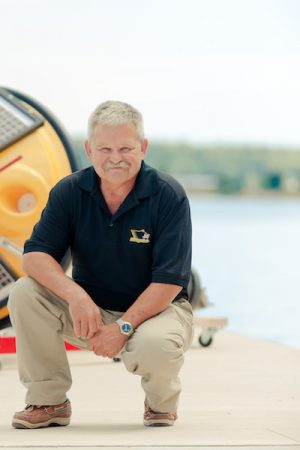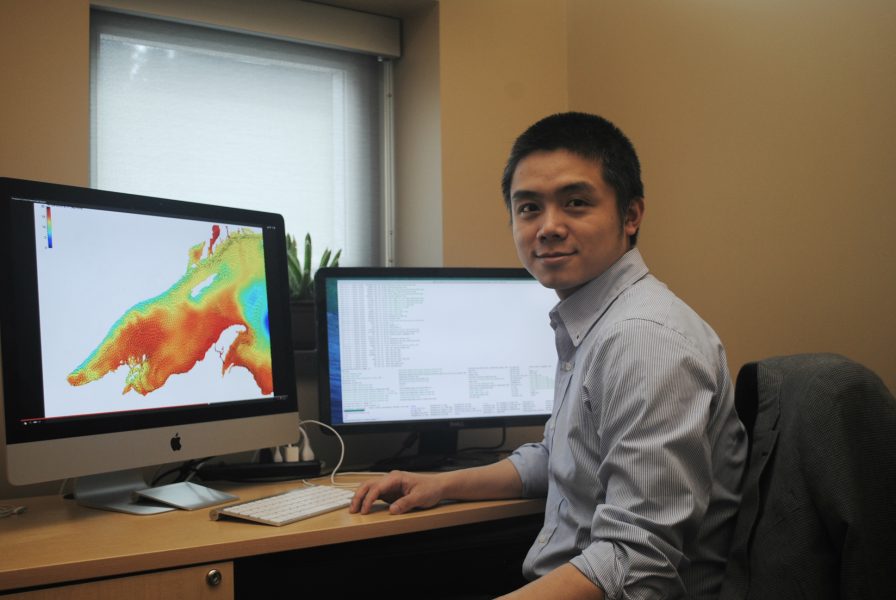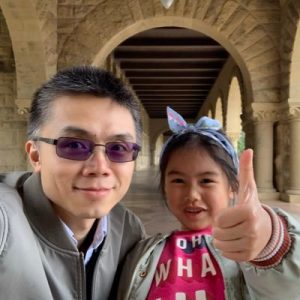In November 2020, Michigan Technological University named Wayne M. Gersie as its first Vice President for Diversity and Inclusion.

Dr. Gersie is a member of the University’s senior leadership team, led by Dr. Rick Koubek, president of Michigan Tech.
In his role, Dr. Gersie works to identify and address organizational and systemic issues related to diversity, equity and inclusion on Michigan Tech’s campus. This includes developing policies and best practices in collaboration with operational areas including human resources, finance, student affairs and academic affairs.
“My first few months at MTU have been exciting and productive,” shares Gersie. “I have met so many stakeholders, all who have been so welcoming and ready to share their knowledge and experiences with me. We are already forming partnerships and collaborations with students, faculty, and staff across the university that are going to help move us forward in our efforts to be an institution where a world class education is enhanced by our diversity, equity, and inclusion (DEI) and our sense of belonging.”
Gersie was previously Assistant Research Professor and Chief Diversity Officer for the Applied Research Laboratory at Penn State. He is the founder and principal of Oasis Strategic Consulting LLC. He earned his PhD in Workforce Education and Development, with emphasis on Human Resources and a Masters in Counselor Education, both from Penn State. Additionally, Gersie holds certificates from the Harvard University Institute for Management & Leadership Education, Cambridge Massachusetts, and Center for Creative Leadership in Colorado Springs, Colorado.
He has been recognized for his service with multiple awards, including The Pennsylvania State University, College of Engineering Ally recognition award. The Penn State Engineering Alumni Society Equity and Inclusion Award, The Penn State Multicultural and the Resource Center Faculty/Staff Diversity Recognition Award.
“In the words of Helen Keller, ‘Alone, we can do so little. Together we can do so much.'”
“Campus culture will be enhanced as we work together with respect and openness towards a community where differences are valued, equal access, opportunity, and representation are achieved, and we are able to sustain an inclusive environment., where we all feel a sense of belonging,” Gersie says.
He has served his community as a committee member, panelist, and keynote speaker for many organizations including The Pennsylvania Human Relation Commission Advisory Council for Centre County, The Penn Civilians, Chair and member of The Penn State Council of College Multicultural Leadership, National Association for Multicultural Engineering Program Advocates, American Society of Engineering Education, Black Engineer of the Year Award, Society for Hispanic Professional Engineers, The Tapia Conference and the National GEM Consortium.
Watch:
Meet MTU’s Vice President for Diversity and Inclusion







